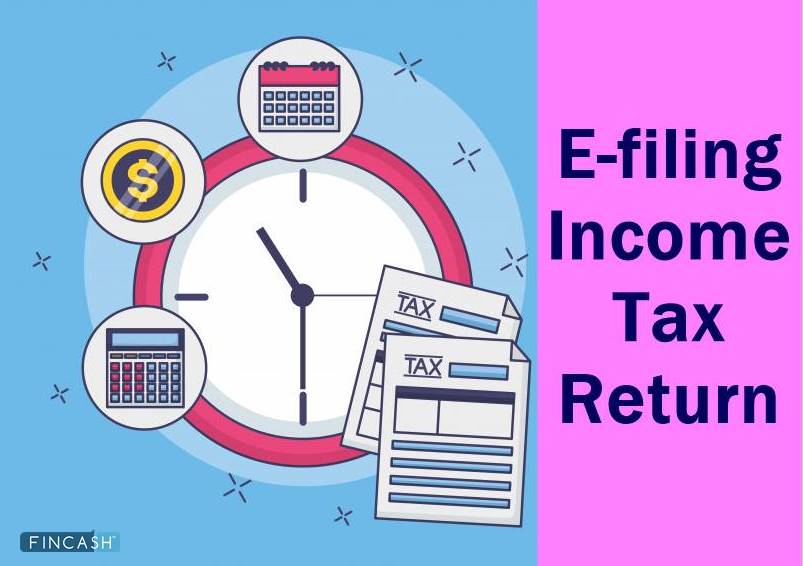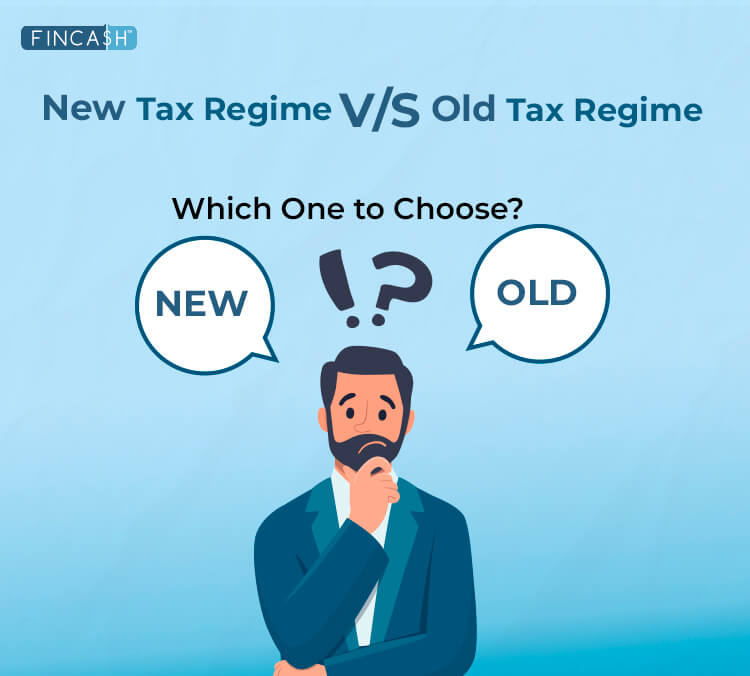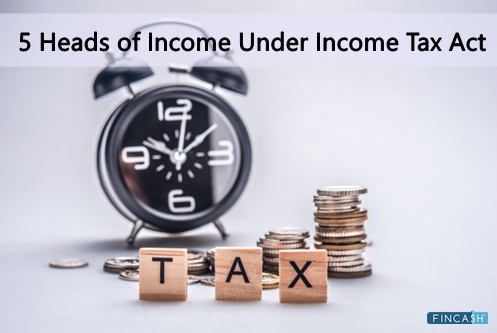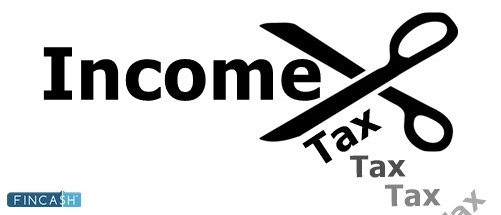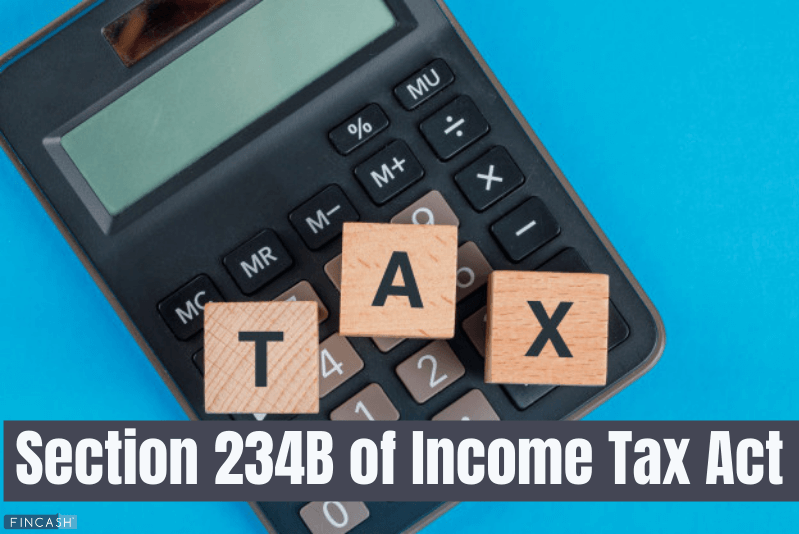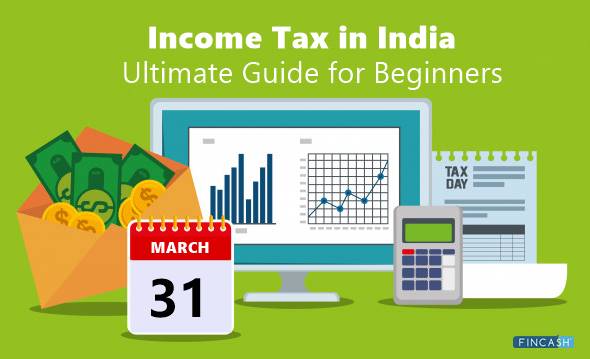
Table of Contents
Meaning of Negative Income Tax
A Negative Income Tax (NIT) is taxation in which people and families living below the poverty line get Income subsidies. In other words, somebody who files a Tax Return with an income below a specific income is entitled to receive financial help from the government of India.
Negative Income Tax Example
To understand it thoroughly, let's take a negative income tax example. Suppose the income threshold was set at Rs. 40,000, and the negative income Tax Rate was set at 50%, someone earning Rs. 20,000 would get Rs. 10,000 from the government.
Negative Income Tax in India
Negative Income tax in India suggests that citizens with low incomes are compensated or subjected to this tax rather than being required to pay tax. Since the number of people living below the poverty line in India is vast, it is anticipated that adopting Universal Basic Income (UBI) will be prohibitively expensive.
Thus, before adopting UBI, it's essential to identify the actual beneficiaries, abolish the existing welfare schemes, and replace them with negative income tax. And lastly, linking the Bank accounts with Aadhar to make the distribution possible is a clever tactic that can be adopted.
Negative Income Tax Objectives
Nobel laureate Milton Freidman first advocated a negative income tax as a utopian solution to societal inequity. The scheme's goal is to act as a self-regulatory safety net. It helps to close the income gap between the wealthy and the rest of the population, resulting in positive externalities.
Talk to our investment specialist
Negative Income Tax Benefits
No wonder negative income tax is essential and widely used by many countries to revive their Economy and indulge in the welfare of their people. Here are some of the benefits listed below:
Precise Targeting
The total income amount, also known as gross income, is used to calculate how much the individual or company owes the government for the tax period in question. Assume an individual pays income tax only if their family income exceeds Rs. 10,000. In our scenario, ABC earns Rs. 8,000 each year. The money, in our example Rs. 2,000 will be negatively taxed, i.e., paid by the government at a rate of, say, 20%.
Simpler Tax Scheme
There is a vast list of deductions, subsidies, social aid, and many more complicated schemes. With the help of negative income tax, many scams can be eliminated. It will save a noteworthy amount of money on administrative tasks, resulting in higher compliance and more efficient service delivery.
No Disincentivization
No disincentivization demonstrates that all candidates are not treated equally below the threshold. There is an incentive to seek a source of income to maximise the impact of the negative income tax. The tax scheme's goal is to help the most disadvantaged members of society remain solvent, especially during difficult times.
No Leakages in Welfare Schemes
When a person submits a tax return, a paper trail with their personal information is created. As a result, people become incapable of making misleading claims.
The system has an automated self-check function. It will inevitably remove persons with evil intentions since deceiving the government with an established paper trail paired with a tangible trace of one's economic activities can be prohibitively expensive.
Many welfare programmes suffer from leakages, which occur when benefits do not reach the intended recipients. However, all tax filers are subject to a negative income tax.
How Does Negative Income Tax Work?
The underprivileged, like other taxpayers, would submit Income Tax Returns (ITR) to get a negative income tax subsidy. The NIT promoters envisioned it as a mirror image of the existing tax system in which above-the-threshold taxpayers' tax liabilities vary positively with income according to a tax rate schedule. According to a negative tax rate schedule, below-the-threshold taxpayers' tax benefits vary inversely with income.
Taxpayers earning over the threshold would pay Taxes in cash equal to the difference (positive taxes). In contrast, those earning below the threshold would get NIT refundable credits in cash equal to the difference (negative taxes).
Limitations of Negative Income Tax
As numerous overlapping social assistance programmes burden the system, the biggest problem is redirecting existing government funds to the negative income tax system. Establishing fiscal room to implement a negative income tax will be challenging unless specific existing assistance programmes are not reduced.
The rising number of poor people succumbing to income impact and substitution effect with income threshold eligible for NIT refundable credits will make overall NIT expenses unsustainable. This, in turn, will lead them to work less or quit entirely. It results in a fall in wages but does not exceed the guarantee, especially after payroll and state and local income taxes were deducted.
The Bottom Line
Negative income tax is an intriguing answer to the complicated challenge of providing benefits to the most vulnerable members of society. The policy is easy to implement and would help plug leaks in present service delivery by allowing precise targeting. The tax serves as a self-reinforcing safety net.
All efforts have been made to ensure the information provided here is accurate. However, no guarantees are made regarding correctness of data. Please verify with scheme information document before making any investment.
